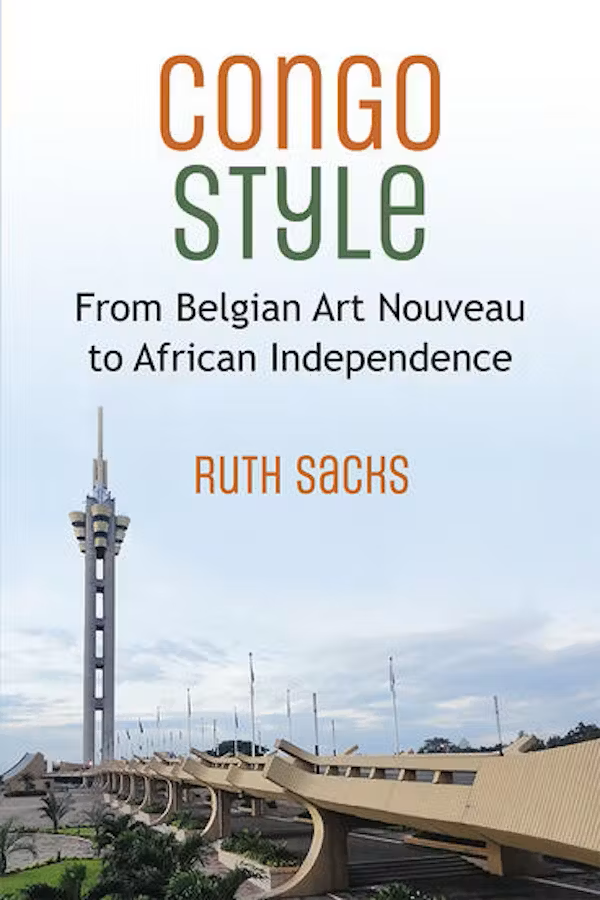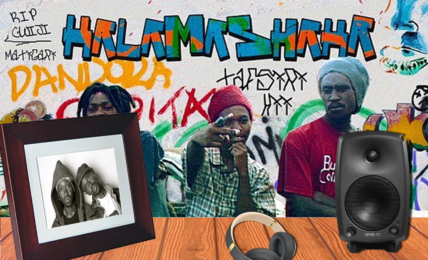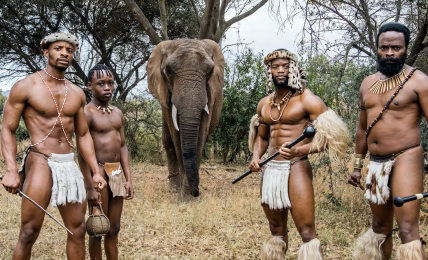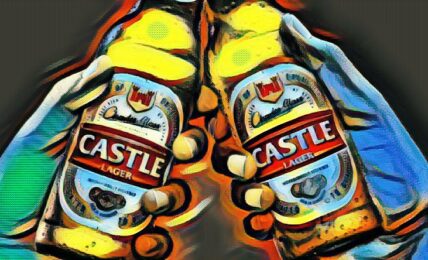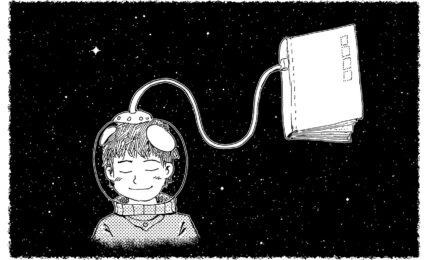Congo Style: how two dictators shaped the DRC’s art, architecture and monuments
Instead of dismissing what he built as only the work of a dictator, I draw out the complexity of this time and what it meant to celebrate African craft, art forms and traditional culture.
